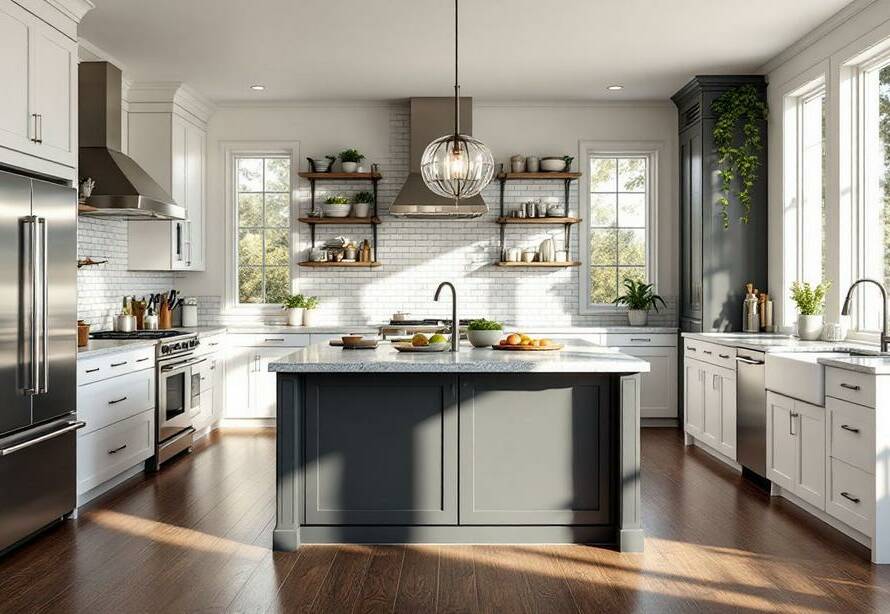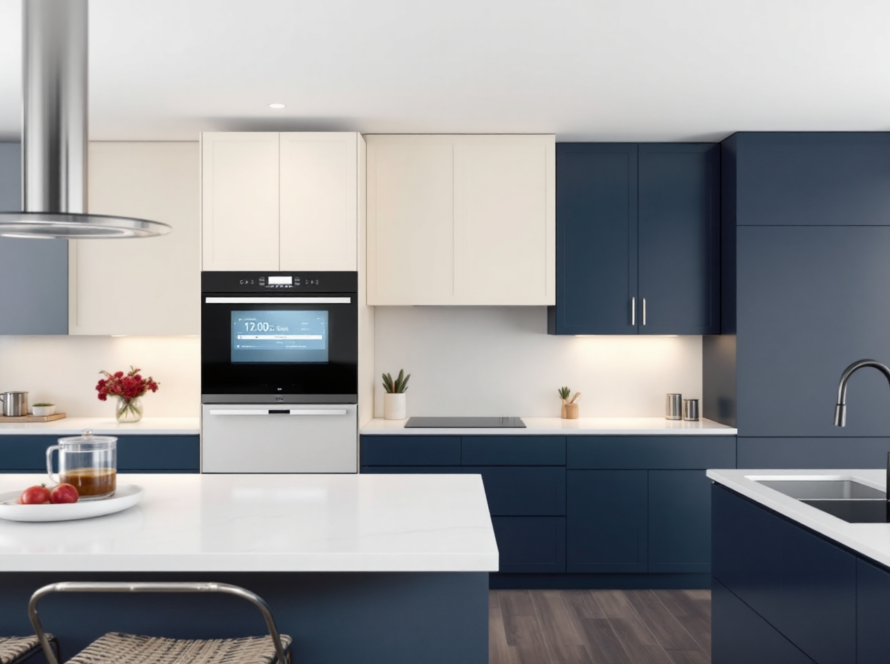Remodeling your kitchen or bathroom is supposed to upgrade your lifestyle—not your stress levels. But all too often, homeowners find themselves blindsided by costs that didn’t make it onto the glossy project estimate. The truth? The sticker price of a remodel rarely tells the full story. From outdated plumbing to permitting hiccups, hidden costs in kitchen and bathroom remodeling can derail timelines, inflate budgets, and test your patience.
This blog will expose those sneaky expenses, show you how to spot them early, and give you real-world budgeting strategies. If you’re planning a remodel, this isn’t just a “nice to know”—it’s a must-read.
TLDR – Quick Guide
Hidden costs in kitchen and bathroom remodeling include:
- Permit fees and inspections
- Structural or plumbing surprises
- Design changes mid-project
- Temporary living or dining arrangements
- Upgrades like lighting, ventilation, and smart features
Smart move: Add a 15–20% buffer to your remodeling budget to absorb these costs without derailing your project.
Detailed Breakdown: The Hidden Costs You Should Plan For
1. Permits, Inspections, and Code Compliance
Think you’re just paying for a new tub and a backsplash? Not quite. Most remodels—especially those involving plumbing or electrical changes—require permits. These can cost anywhere from $200 to over $2,000 depending on your city and scope.
Bonus surprise: If inspectors find your existing systems aren’t up to code, you’ll have to fix them first.
Learn more about permit requirements here
2. Structural or Plumbing Surprises
Tearing down walls sounds fun on HGTV, but in real life, it can uncover issues like mold, rot, asbestos, or bad wiring. Older homes often have ancient plumbing that can’t support new fixtures.
Fixing this can cost thousands. For example, rerouting pipes can cost between $1,500–$5,000, depending on how deep the rabbit hole goes.
3. Mid-Project Design Changes
Changing your mind mid-remodel isn’t just a headache for your contractor—it’s expensive. Every design change can result in new material orders, labor adjustments, or even structural modifications.
Pro tip: Finalize your design plan before demo day. Indecision is a silent budget killer.
4. Temporary Living Arrangements
If your kitchen or bathroom is completely out of commission, you may need to eat out, book a hotel, or rent portable facilities. Eating out for two weeks can easily top $500–$1,000.
Here’s a breakdown of what temporary setups might cost you
5. “Nice-to-Have” Upgrades
You budgeted for the basics—but what about under-cabinet lighting, a wine fridge, radiant heat flooring, or smart faucets? These can add another 10–25% to your project cost if not accounted for early.
Remodeling often brings out the “while-we’re-at-it” syndrome. Be ready.
6. Post-Project Repairs or Cleanups
After the dust settles (literally), you might need to repaint, refinish floors, or deep clean adjacent areas. Budget for a professional cleaner or minor repairs post-construction—typically around $200–$600.
Key Takeaways
- Expect the unexpected. Set aside 15–20% of your total budget for surprise expenses.
- Permits, plumbing, and structural surprises are the most common hidden costs.
- Design changes mid-project are budget-busters—lock your plan early.
- Don’t overlook temporary living costs if your space will be out of use.
- Build in buffer room for “nice-to-haves” and post-project cleanups.
FAQs
1. What is a good contingency budget for remodeling projects?
Aim to set aside 15–20% of your total budget to cover hidden costs. This cushion can save you from financial strain if the unexpected happens.
2. How can I avoid hidden costs in kitchen and bathroom remodeling?
Thorough planning is key. Get a detailed proposal, understand what’s included (and not), and do a walk-through with your contractor to identify potential issues early.
3. Are permits really necessary for a kitchen or bathroom remodel?
Yes. Any work that involves plumbing, electrical, or structural changes usually requires a permit. Skipping this can lead to fines—or worse, unsafe conditions.
4. Should I DIY any part of my remodel to cut costs?
Only if you’re confident in your skills. Mistakes in plumbing or electrical work can lead to costlier fixes down the road. Leave complex tasks to the pros.
5. Can I finance the extra costs if I go over budget?
Yes, many contractors offer financing plans, or you can explore HELOCs (Home Equity Lines of Credit). Just be sure the repayment terms work for your financial situation.


